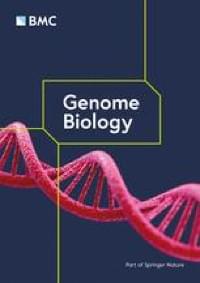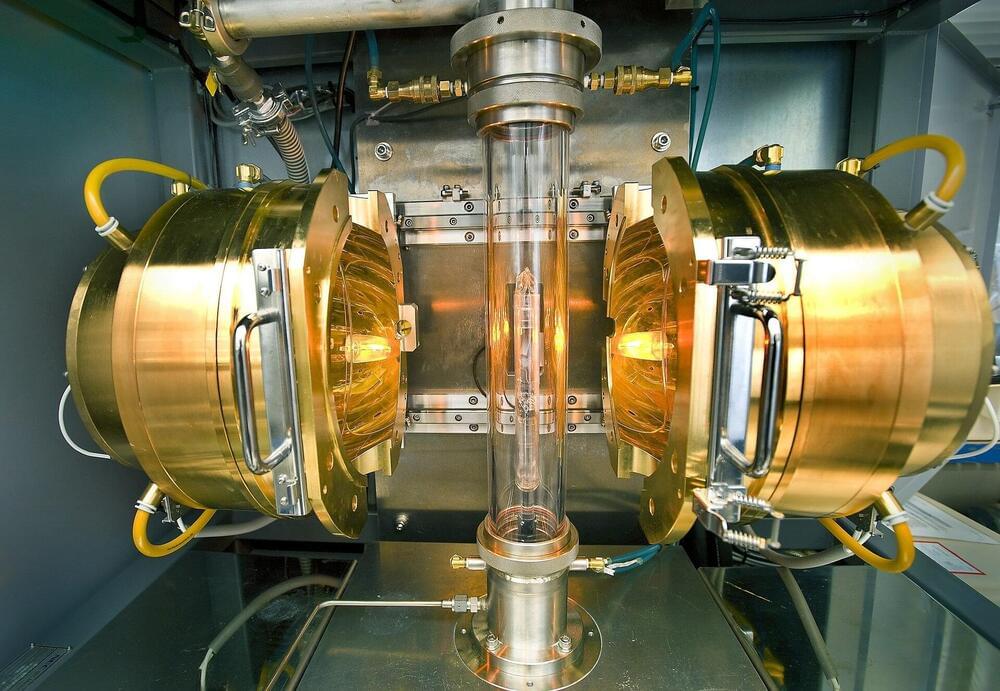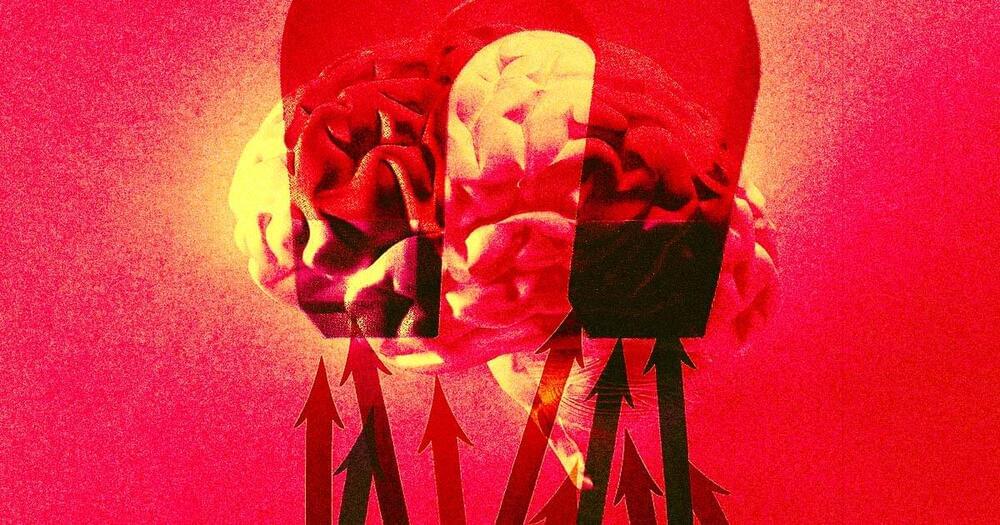The technology could be used to quickly deploy artificial organs to hospitals. A U.S.-based startup co-founded by an ex-SpaceX intern wants to make payloads rain down from Earth’s orbit.



Circa 2013 o,., o! Unlimited cell division. Basically this means a possibility for unlimited cell division throughout the human body if used in crispr.
Whole-genome sequencing of the widely used HeLa cell line provides a nucleotide-resolution view of a greatly mutated and in some places shattered genome.

In the simplest terms, superconductivity between two or more objects means zero wasted electricity. It means electricity is being transferred between these objects with no loss of energy.
Many naturally occurring elements and minerals like lead and mercury have superconducting properties. And there are modern applications that currently use materials with superconducting properties, including MRI machines, maglev trains, electric motors and generators.
Usually, superconductivity in materials happens in low-temperature environments or at high temperatures at very high pressures. The holy grail of superconductivity today is to find or create materials that can transfer energy between each other in a non-pressurized room-temperature environment.

researchers have constructed the largest human genealogy to date, providing insight into key events in human history together with their timings and geographical locations.
Learn more ➡ https://fcld.ly/m4hpr34

Nash and Veiseh with vials of bead-like “drug factories” they created to treat cancer. The beads are designed to continuously produce natural compounds that program the immune system to attack tumors. (Credit: Jeff Fitlow/Rice)
The therapy could be ready for human clinical trials later this year.

Can we turn up—or dial down—their fervor by tweaking their genes?
Enter a new kind of CRISPR. Known mostly as a multi-tool to cut, snip, edit, or otherwise kneecap an existing gene, this version—dubbed CRISPRa—forcibly turns genes on. Optimized by scientists at Gladstone Institutes and UC San Francisco, the tool is counterbalanced by CRISPRi—“i” for “interference,” which, you guessed it, interferes with the gene’s expression.
Though previously used in immortal cells grown in labs, this is the first time these CRISPR tools are rejiggered for cells extracted from our bodies. Together, the tools simultaneously screened nearly 20,000 genes in T cells isolated from humans, building a massive genetic translator—from genes to function—that maps how individual genes influence T cells.

Researchers at the Stanford University School of Medicine say that they were able to treat depression in patients by stimulating their brains with magnets.
In a study published on Friday 0, the researchers found that nearly 80 percent of patients had experienced remission of their depression after the procedure, which is called Stanford neuromodulation therapy (SNT). The technique is a modified form of transcranial magnetic stimulation (rTMS) and works by delivering high doses of magnetic pulses into a patient’s brain with a device containing magnetic coils placed outside of their skull.
The treatment takes just five days and is customized to each patient based on an MRI scan which shortens the typical timeline of rTMS treatment from a span of weeks into days.

In a pilot human study, researchers from the University of Minnesota Medical School and Massachusetts General Hospital show it is possible to improve specific human brain functions related to self-control and mental flexibility by merging artificial intelligence with targeted electrical brain stimulation.
Alik Widge, MD, Ph.D., an assistant professor of psychiatry and member of the Medical Discovery Team on Addiction at the U of M Medical School, is the senior author of the research published in Nature Biomedical Engineering. The findings come from a human study conducted at Massachusetts General Hospital in Boston among 12 patients undergoing brain surgery for epilepsy—a procedure that places hundreds of tiny electrodes throughout the brain to record its activity and identify where seizures originate.
In this study, Widge collaborated with Massachusetts General Hospital’s Sydney Cash, MD, Ph.D., an expert in epilepsy research; and Darin Dougherty, MD, an expert in clinical brain stimulation. Together, they identified a brain region—the internal capsule—that improved patients’ mental function when stimulated with small amounts of electrical energy. That part of the brain is responsible for cognitive control—the process of shifting from one thought pattern or behavior to another, which is impaired in most mental illnesses.
